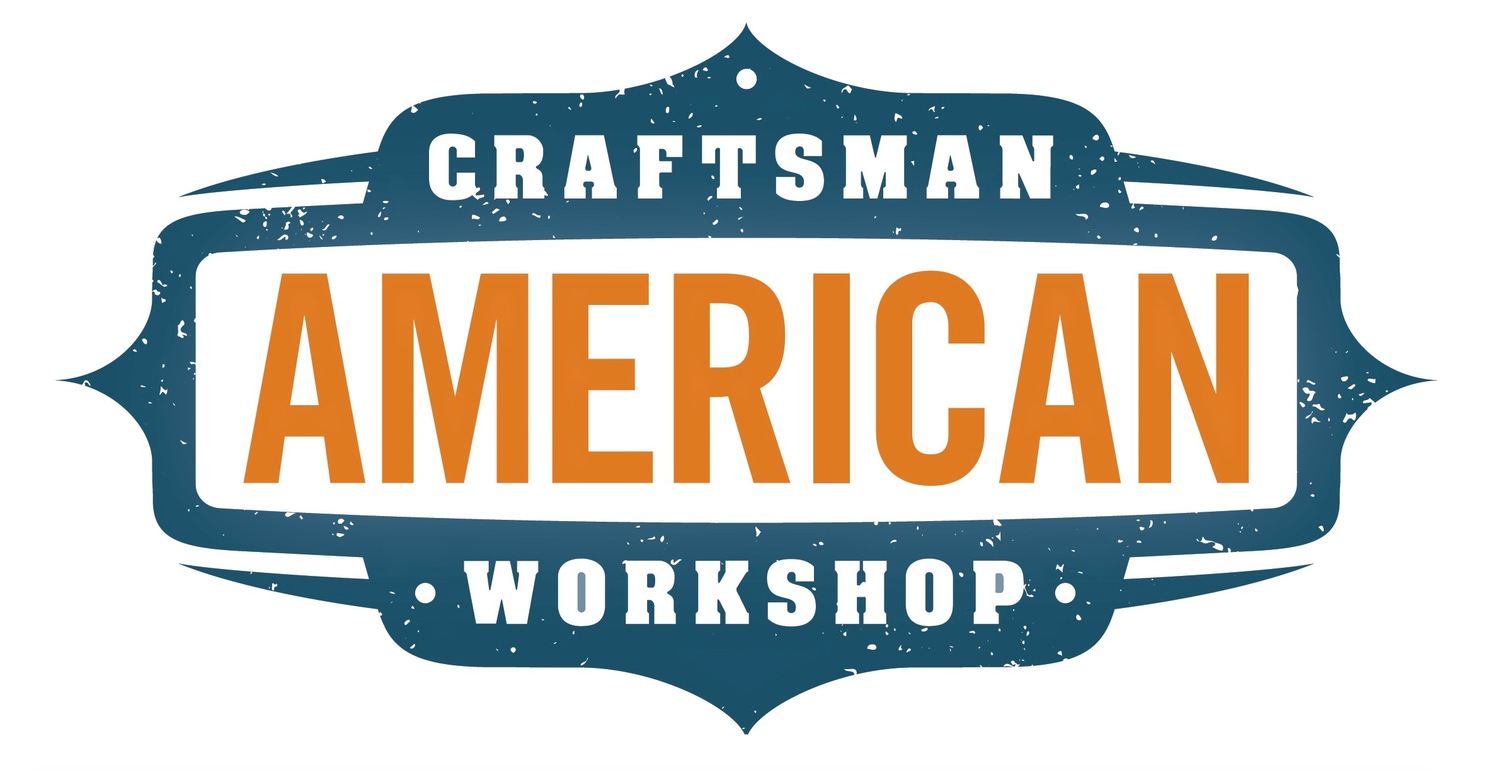A Shop Tip And A New Instructional DVD
/Shop Tip
 Clamps protected with heavy plastic during glue-up.Doing glue-ups can leave a frustrating mess of adhesive on your clamps. I have seen many suggestions of applying wax or tape to the surface of the clamps, or using wax paper to separate and protect the clamps from the glue. All of these work to varying degrees and I have tried them, but today I will share my favorite method for protecting clamps from glue.
Clamps protected with heavy plastic during glue-up.Doing glue-ups can leave a frustrating mess of adhesive on your clamps. I have seen many suggestions of applying wax or tape to the surface of the clamps, or using wax paper to separate and protect the clamps from the glue. All of these work to varying degrees and I have tried them, but today I will share my favorite method for protecting clamps from glue. 6 mil heavy plastic.
6 mil heavy plastic.
I like to use a heavy plastic sheeting often called visqueen. It is a construction grade plastic that usually about 6 mils thick. The benefit of this is that it is incredibly durable and so the plastic is reusable. Wax paper may be reused once or twice, but it will not even come close to lasting like this stuff. My plastic pieces have been in service for about 4 years now and are in great shape.
 Bending the plastic easily releases the glue.The heavy plastic only needs to be shaken or bent to release the glue. Sometimes I shake the pieces outside or I run them across the edge of my workbench and wipe the glue off with my hand, depositing it straight into the trash can. Then they are ready to go again.
Bending the plastic easily releases the glue.The heavy plastic only needs to be shaken or bent to release the glue. Sometimes I shake the pieces outside or I run them across the edge of my workbench and wipe the glue off with my hand, depositing it straight into the trash can. Then they are ready to go again. Running plastic over end of bench releases dried glue.
Running plastic over end of bench releases dried glue.
I don't try to cut pieces exactly to the size of the glue-up. I just have a series of strips that I lay over my clamps and they overlap as necessary to fit the size of the project. This creates an expandable and adjustable system of clamp protection that can be used for any project instead of being dedicated to only one.
Using the plastic in this manner works best for panel glue-ups, but not so much with a glue-up such as a cabinet carcass. On something like that tape may be the best answer. In my shop I just do so many panel glue-ups of various sizes that I use these on a frequent basis.
New Plans & DVD From Scott Morrison
Scott Morrison has just released another instructional DVD and set of plans for a the Ultimate Shop Stool. It is a beautifully designed piece of sculptural furniture that includes a footrest and drop leaf desk that can be mounted on the right or left. The DVD and full size templates are a great value at $29.99. I can tell you from designing furniture myself that templates are worth their weight in gold.
You can check out all the various plans that Scott offers at FineWoodworker.com. He is creating quite a library of pieces to choose from so check back with him regularly to see what he has to offer. His videos are of good quality with clear video and audio. He is a great teacher and is good at laying out the information in a comprehensive format. It feels like Scott is giving you a personal lesson in shop, they are well worth checking out. Instruction DVD's from Scott Morrison.
Instruction DVD's from Scott Morrison.
You can check out the review I did on his other videos "Building an Elegant Rocking Chair" and "Building A Contemporary Bar Stool."
That is all I have for now and so I will leave you with Scott's intro video to his Ultimate Shop Stool. He also has a few more videos that can be seen at his YouTube Channel.
Your friend in the shop, Todd A. Clippinger.
Share the Love~Share the Knowledge


















